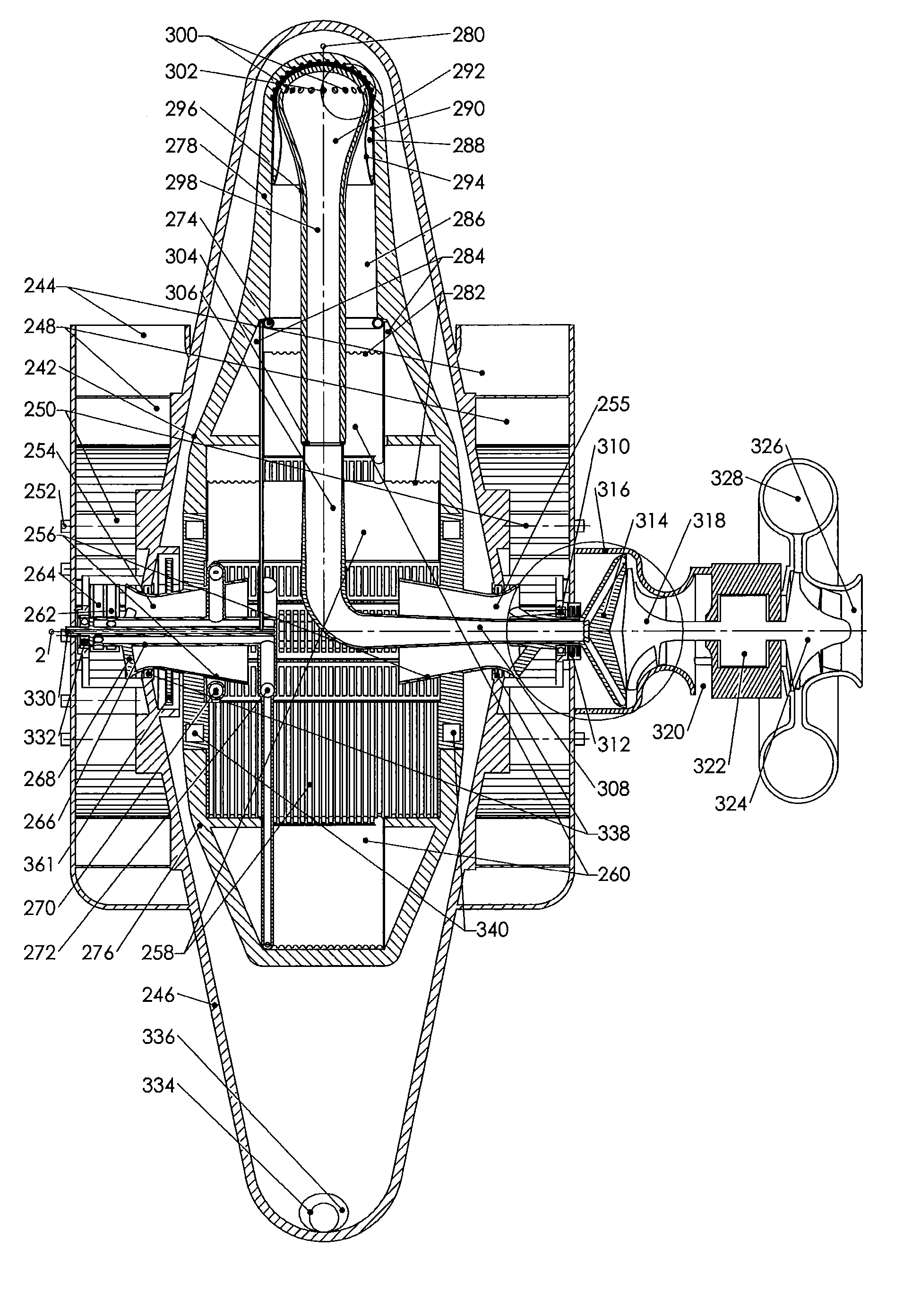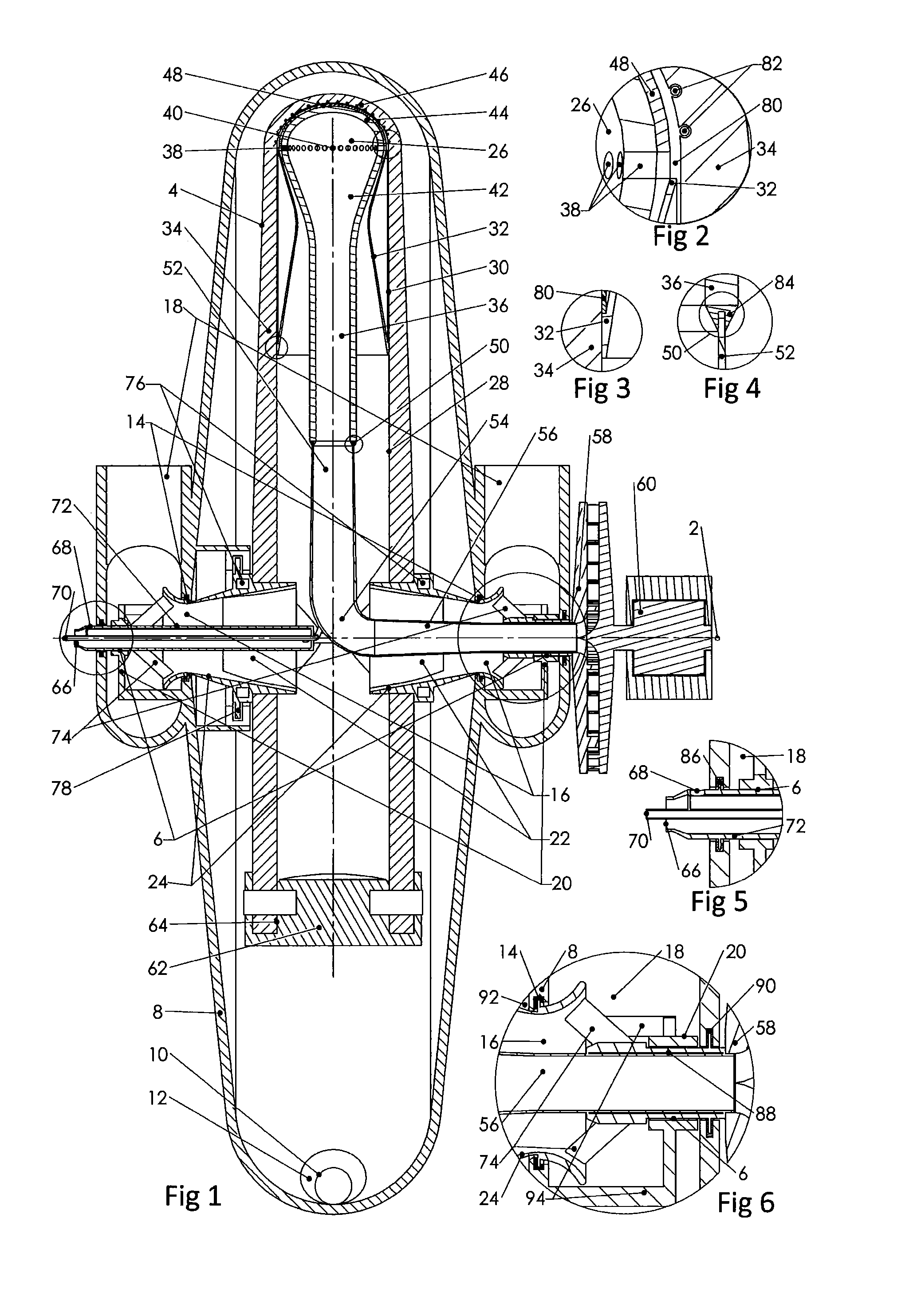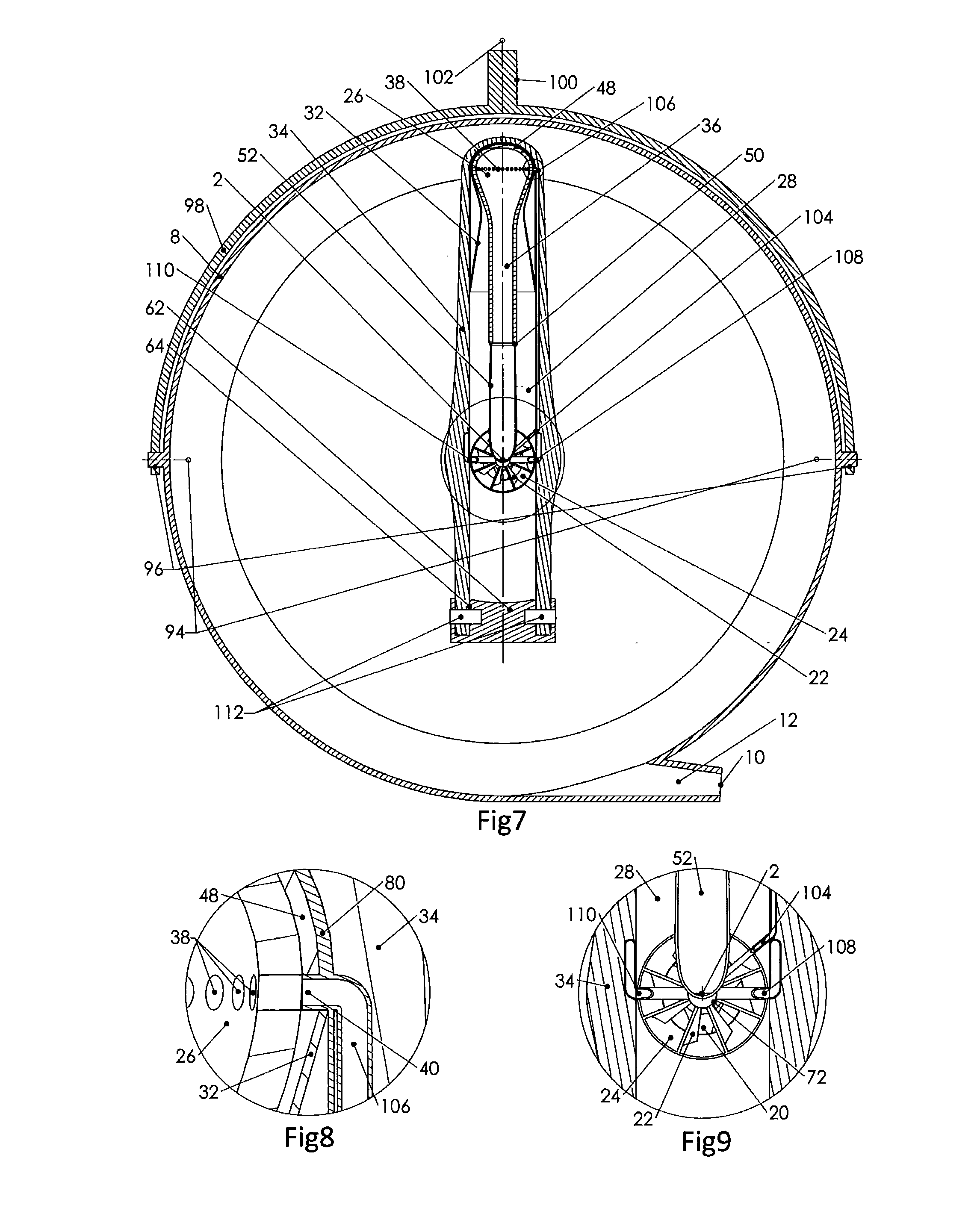While the theoretical efficiency of a lossless
internal combustion engine may be high, in practice there are many loss mechanisms that reduce their efficiency including: unwanted
heat transfer from the gases to the engine walls, friction between
moving parts, flow losses in valves and passages caused by high flow velocities and turbulence.
However, diesels also suffer from a number of serious disadvantages: they typically require vibration and
noise suppression systems, they create a lot of
waste heat to be dissipated by heavy and bulky coolers, they may produce unacceptable emissions requiring emissions treatment systems, they are also typically bulky and heavy making them unsuitable for many applications.
Internal combustion engines are frequently developed to make use of a specific fuel formulation such as Diesel,
Ethanol or
Natural Gas, and in some cases may not be able to run on other fuels even when those other fuels may be preferable for reasons of cost, availability or reduced emissions.
GT
engine efficiency generally increases with increasing compressor pressure ratio, but material temperature limits and compressor and turbine inefficiencies limit the practical
maximum pressure ratios and efficiencies.
In practice GT engines can achieve efficiencies of about 40% in large sizes (higher than 10 MW), but lower compressor and turbine efficiencies in small sizes typically greatly reduce the efficiencies possible at power levels in the sub 100 kW range unless the GT engine is combined with heavy and bulky high temperature heat exchangers such as in recuperated or regenerated Brayton cycles.
But GT engines also have a number of disadvantages when compared to IC engines of similar power: They are generally less efficient and far more expensive with high precision parts made from expensive materials.
Their rotors also have large
angular momentum that typically makes them slow to
start up and relatively slow to respond to changes in demand.
GT engines also generally have relatively limited ratios of efficient maximum to minimum
power output.
These disadvantages have severely restricted the applications in which GT engines see common use.
It is these compressor and turbine stages that are the principal source of inefficiency in GT engines.
This acts to limit the range of power outputs over which high GT engine efficiencies can be maintained.
To achieve high efficiencies some GT engines with over 10 MW output operate with turbine inlet temperatures of up to 1600° C., far beyond the melting temperatures of the materials that they are made of, and relying upon very complex and intricate
cooling methods to allow them to survive.
Owing to a number of economic and physical factors these
cooling methods are not normally applied in smaller engines, thereby typically limiting the maximum combustion temperatures in relatively small gas turbine engines (less than 1 MW output) to less than 1000° C. and consequently limiting achievable efficiencies.
Conventional GT compressors and turbines typically have gases flowing through them at velocities of hundreds of meters per second, and are subject to many inefficiencies and loss mechanisms that reduce the overall compression and expansion efficiencies possible within conventional turbo-machinery.
These losses include: mechanical friction in seals and bearings, viscous gas losses that are primarily associated with high flow velocities and / or small cross section flow passages
fluid friction due to
viscosity of gases, turbulence that dissipates pressure, gas leakage from high to low pressure regions such as blade-tip losses where gases leak over the end of blades from the high to the low pressure side and
diffusion losses where a reduction in fluid velocity is imperfectly converted to an increase in pressure and unwanted
heat transfer that either adds heat during compression or extracts heat during expansion.
Most of these losses are generally greater in smaller compressors and turbines and contribute to the lower efficiency of small gas turbine engines relative to internal combustion engines of similar
power output.
Rotor and
stator blades in turbo-compressor and turbine stages are typically highly loaded and may be required to be formed to precise aerodynamic shapes, in many cases requiring the use of expensive materials and manufacturing processes.
In addition, to achieve high engine pressure ratios requires many stages that further increase costs.
This may limit the economic viability of GT engines in some applications.
However, high temperatures and pressures are typically also associated with high engine efficiencies.
GT engines typically have a very large amount of rotational
kinetic energy in the fast
spinning compressor and turbine, and the energy required to change the speed of these heavy compressors and turbines typically leads to relatively
slow response to changing
power demand that may be problematic for some applications.
But while the high efficiency and relatively low cost of
Combined Cycle power plants makes them economically attractive for power production, they have some very unattractive attributes as well: In the absence of large volumes of cooling water from a source in the environment cooling towers that utilise the
atmosphere for cooling are generally large and impose significant maintenance costs; The amount of stored
kinetic energy and stored
thermal energy in the
steam turbine, steam and other components is very high leading to extremely
slow response to changing
power demand and
start up times that are frequently measured in hours, which may create problems in responding to variable demand or production requirements in an electrical power supply grid and may also occasionally be problematic for ship propulsion.
But such large plants are typically considered unsightly and take up a lot of
land area, requiring powerful
electrical grid connections, high capacity fuel supplies, and imposing very large localized heat loads on the environment.
All of which factors typically lead to the plants being sited far away from cities and towns and taking years to plan, approve and build, while also having increased transmission losses and spending on high-
power transmission infrastructure that may together add significantly to the cost of
electricity delivered to users.
Additionally
electricity typically costs several times as much as fuel for the same amount of energy.
 Login to View More
Login to View More 


